Huawei quickly rose to become one of the world’s biggest mobile players, ousting Apple for the number two spot in global smartphone sales in 2019. Just as it was getting going, however, the US-imposed ban took hold and has since hindered the company’s otherwise unrelenting march towards the top.
Huawei was placed on the US’ Entity List back in 2019, effectively banning trade between Huawei and any American company. This caused Google to cease trade with Huawei, and although the Mate 30 and Mate 30 Pro run open-source Android, they were the first of the company’s handsets that didn’t come with Google Mobile Services (a.k.a. GMS) preinstalled.
Sadly, even with the shift to the Biden administration, we don’t see this changing anytime soon, and that’s already proven bad news for the P40 range, Mate 40 series and Mate X2 foldable, as well as the long-delayed P50 series. They’re all clearly capable phones but the lack of Google Play is a dealbreaker for many in Western markets.
Huawei does offer its own alternative store – the App Gallery – but it pales in comparison to Google’s offerings. There’s also the move from Android to HarmonyOS, the process for which Huawei formalised on 2 June 2021, however, there’s little at this stage to suggest that this is reversing the fortunes of its device’s appeal outside of non-Google markets.
The good news is that all Huawei phones that originally shipped with Google Play Services will continue to get access to security updates, Google apps and services. That includes essentially everything before the Mate 30 range, which arrived at the tail end of 2019.
Android drama aside, here’s a selection of what we consider to be the best Huawei phones available to buy in 2022.
1. Huawei P50 Pro
- Elegant design
- Capable cameras
- Decent performance
Cons
- Google-free user experience
- No 5G
- Dated internals
- Price
While the current P50 series doesn’t reverse the fortunes of the company’s phones – with regards to regaining access to Google Play Services – at this point it’s more a case of deciding whether the alternative that Huawei has built over the years since is now worth its compromises.
In the case of the P50 Pro specifically, while any Google apps you’re likely to want have been replaced by in-house alternatives, the EMUI 12-based user experience (HarmonyOS 2 only features on Chinese P50 units at present), looks and feels like most modern Android phones, with a few quirks that look as though they borrow from iOS.
As for the hardware, Huawei has had a little more room to spread its wings, with the Pro serving up a premium glass-backed design, with an eye-catching reflective finish and a unique dual-rear camera setup.
The camera system itself is very strong, even if it isn’t quite the best in the Android space, while general device performance is good too,. That said, the phone arrives late to the party with a Snapdragon 888, while its direct competitors have been able to leverage the newer Snapdragon 8 Gen 1.
Battery life is another highlight, backed up by great 66W fast charging, while a lack of 5G rounds out a list of challenging compromises on an otherwise capable smartphone.
Read our full Huawei P50 Pro review
2. Huawei P50 Pocket
- Impressive gapless folding design
- Strong main camera
- Decent battery life
Cons
- Google-free user experience
- No 5G
- Dated internals
- Price
The P50 Pocket serves as Huawei’s first clamshell foldable and it’s an impressively elegant bit of kit that walks the company’s now-established line of capable hardware sporting hamstrung software.
Like the P50 Pro, the Pocket’s user experience is wholly functional, even with the added hoops of a Google-free OS aren’t ever particularly welcome. No 5G is the other notable compromise but beyond that, it’s a lovely device, with a unique finish and an impressive gapless folding hinge system.
The main 40Mp camera beats out shots taken by lead rival – Samsung’s Galaxy Z Flip 3 – handily, while the rest of the imaging setup is odd, rather than bad.
The unique form factor and dual display setup have been utilised in some clever ways too but while it’s a triumph amidst Huawei’s current lineup, it’s too troubled to truly compete with offerings from other big players.
Read our full Huawei P50 Pocket review
3. Huawei P30 Pro
- Attractive design
- Great cameras
- Still supports GMS
Cons
- Ageing hardware
- Awkward long-term software support
If you’re willing to compromise on software updates and current-gen hardware, there’s still life left in the P30 Pro.
The design is still top-drawer stuff, the display is great and the cameras can still deliver, even today. Prices have dropped since it launched early in 2019 too and it’s great value compared to many rival flagships as a result.
If you want to spend less (and get a little less), there’s the Huawei P30 to consider too.
Do note that the P30 series was announced before Huawei was put on the US trade blocklist and Google announced its decision to pull support; therefore, it continues to have full access to Google apps, services and security updates and as such, is the last great Huawei phone to get our recommendation for the broadest range of users.
Read our full Huawei P30 Pro review
4. Huawei P30
- Thin, lightweight
- Great cameras
- Still supports GMS
Cons
- Ageing hardware
- Awkward long-term software support
Huawei’s pitch for the P30 is all about its camera, and it’s fair to say that the company has delivered. The Pro model may be one step ahead, but this version is still a match for plenty of high-end phones out there.
Low light and long-distance shots are where Huawei has really thrown down the gauntlet, with a combination of three great lenses and some software tricks that even Google’s Pixel phones have struggled to match in the past.
The P30 also looks stunning, with a big display (and small notch), some lovely colourful finishes, and a seriously slim body. Plus, there’s even a headphone jack.
Do note that the P30 was announced before Huawei was put on the US trade blocklist and Google announced its decision to pull support, and as such, continues to have full access to Google apps, services and security updates.
5. Huawei Mate X2
- Top-notch performance
- Stunning displays
- Superb cameras
Cons
- Pricey
- No GMS
- No water resistance
Huawei’s had a little practice at making foldables at this stage and the Mate X2 is a clear indication of the company’s mastery of this still-burgeoning form factor.
The Mate X2 boasts a beautiful vertical folding design that’s packed with power, from both a performance and photography standpoint. In fact, this device also happens to have the best camera in a foldable right now, by a clear margin.
If only GMS was able to be part of the equation, this would be a near-perfect device, save for its extortionate price tag.
Read our full Huawei Mate X2 review
6. Huawei P40 Pro
- Great performance
- Long battery life
- Superb cameras
Cons
- No GMS
- Users would likely need to side-load desired apps
A superb follow-up to one of 2019’s best smartphones. The Huawei P40 Pro excels in every area, offering top-tier 2020 performance, 5G and WiFi 6 networking technologies, superb battery life with fast charging, a stupendous camera setup on both the front and back, plus an eye-catching 90Hz ‘Overflow’ display.
For everything the P40 Pro brings to the table, though, the experience is tarnished by the absence of Google Mobile Services and the workarounds needed to make the phone as easy or as enjoyable to use without GMS aren’t all that accessible to the average user.
Read our full Huawei P40 Pro review
7. Huawei Mate 40 Pro
- Sleek design
- Brilliant performance
- Superb cameras
Cons
- No GMS
- Users would likely need to side-load desired apps
The Mate 40 Pro boasts fantastic hardware and takes incredible photos and videos – potentially the best out there when it launched. It also totes a gorgeous eye-catching design and top-tier late-2020 performance, but all of this praise is moot if you’re looking to buy this device for use outside of China.
The situation with apps means that warnings are plastered all over the place. Even Huawei’s own site forces you to click an ‘Agree’ button on a warning message relating to GMS’ absence before you can buy one.
As such, while we’d love to recommend the Mate 40 Pro wholeheartedly, like its predecessor, there’s still too much missing from the software experience that Huawei won’t be able to fix on its own.
Read our full Huawei Mate 40 Pro review
8. Huawei P40
- Stylish design
- Beautiful display
- Decent price/performance balance
Cons
- No GMS
- Users would likely need to side-load desired apps
The P40 is a great bit of the kit that, although missing out on some of the high-end features of the Pro and Pro+ variants, can still take on most equivalent flagships from 2020, in terms of photography and raw performance.
It’s also a good-looking smartphone with an eye-catching matte glass finish on the rear that leaves a soft-touch sheen, plus there’s a bright, crisp 6.1in OLED display to enjoy too.
Of course, the real issue is the lack of Google Play services. Huawei has undercut its rivals, offering a significant saving on flagship-level hardware, but you won’t be able to properly access apps like Google Maps and YouTube.
If you’re a confident techie that doesn’t mind side-loading apps and working around a Google-free ecosystem, the P40 is a great phone at a great price, but if you just want something that works out of the box, we’d suggest going for another option.
Read our full Huawei P40 review
9. Huawei P40 Pro+
- Strong performance
- Superb cameras
- Nice display
Cons
- Pricey
- No GMS
- Users would likely need to side-load desired apps
The P40 Pro+ is a fantastic phone with some of the best cameras of any phone (at the time of review). This makes it all the harder to say that it’s not one we can recommend you buy unless you simply want it for those cameras and have a second device that allows you to use the apps which you can’t get on the Pro+.
With no direct successor on the horizon – there’s no sign of a P50 Pro+ to speak of – the P40 Pro+ might be the last of its kind, with Huawei instead pushing in other areas, like foldables and wearables.
If you’re put off by the absence of all things Google (and the steep asking price), you should instead consider the likes of the Oppo Find X5 Pro, Samsung Galaxy S22 Ultra or iPhone 13 Pro Max.
Read our full Huawei P40 Pro Plus review
10. Huawei Nova 9
- Great primary camera
- Stunning 120Hz display
- Thin, lightweight design
Cons
- No GMS
- Users would likely need to side-load desired apps
- No 5G
The flow of Huawei phones on the world stage dropped to a trickle in late 2021, so when it arrived, we were intrigued to see what the Nove 9 brought to the table.
While Google Mobile Services’ absence continues to plague the company’s phones, this particular Nova does feature some bright spots; from its 120Hz display to its great main camera.
The subsequent snappers are less capable, however, and the lack of 5G is an extra sting in the already mixed-bag that is the Nova 9.
As with all the company’s phones since the Mate 30 series, only committed Huawei fans need apply.
Read our full Huawei Nova 9 review



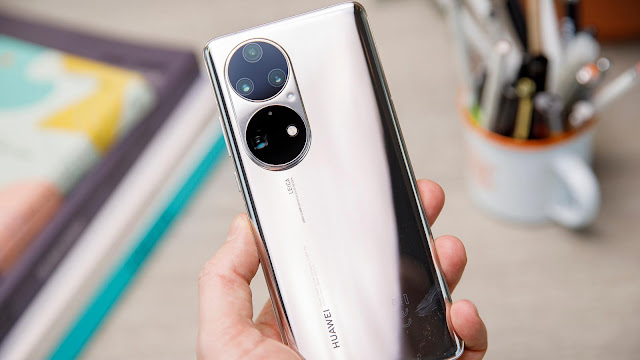

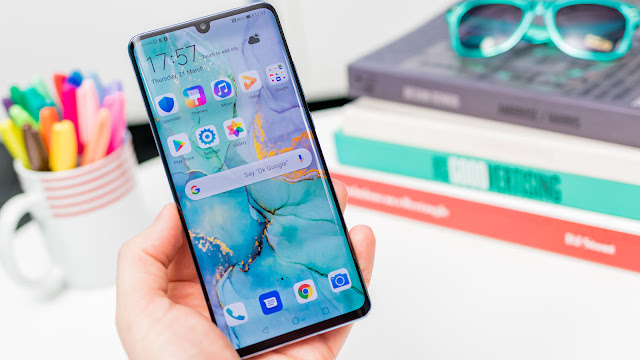
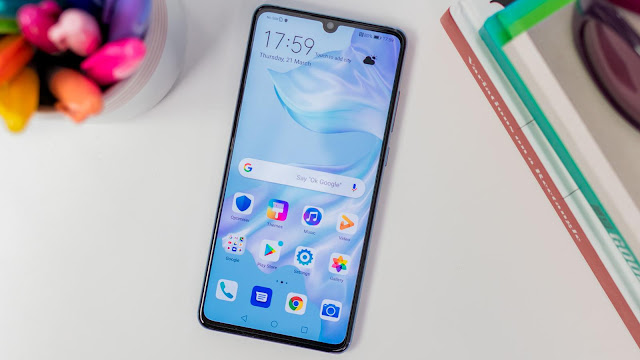
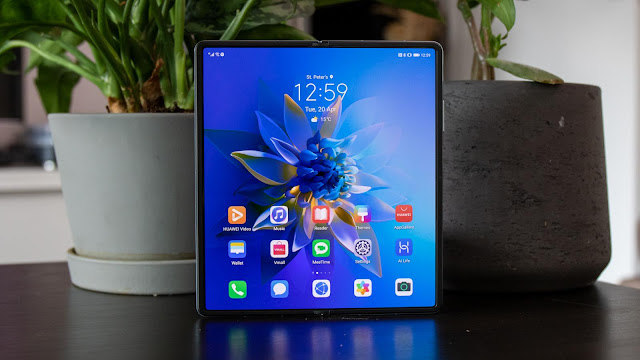

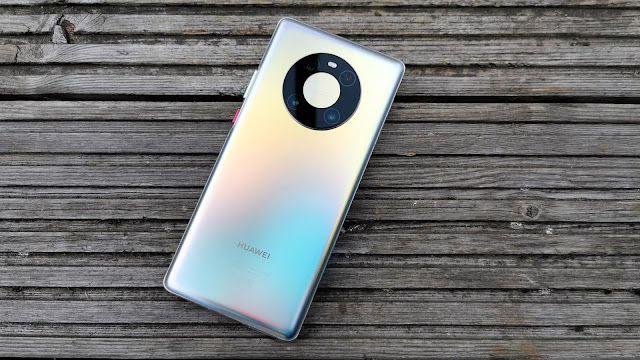



0 comments:
Post a Comment